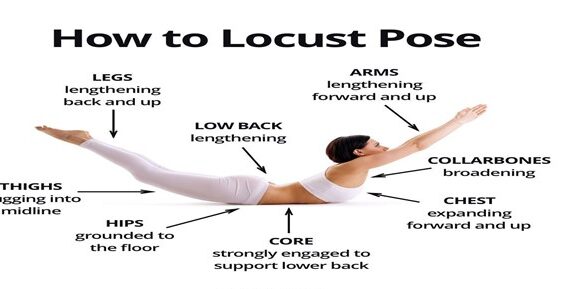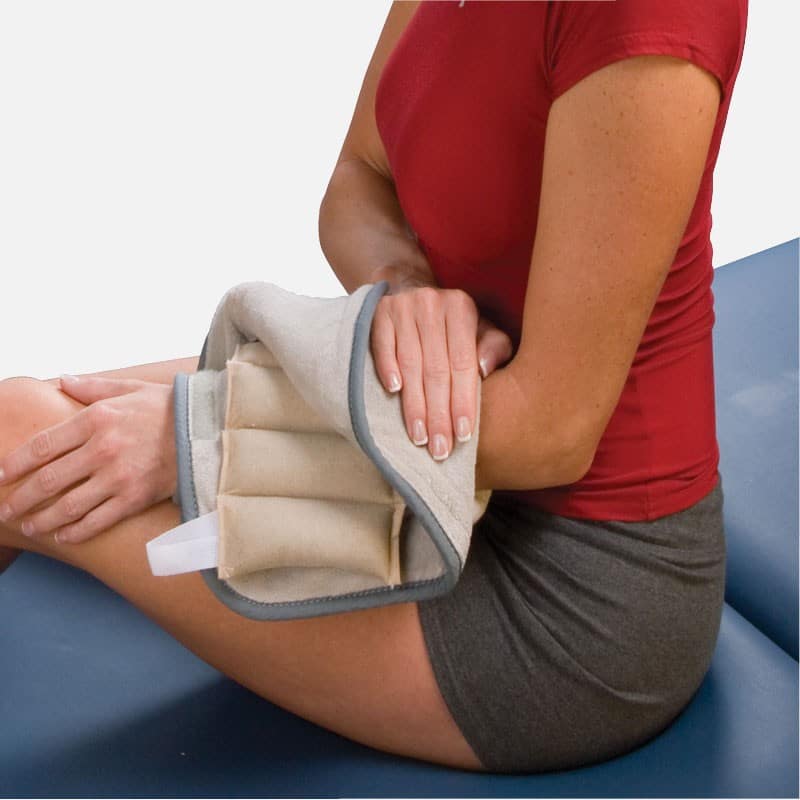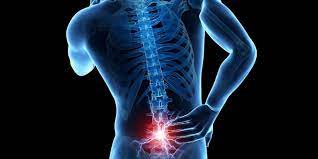Neuropathy, Sciatic nerve dysfunction, Low back pain, Lumbar radiculopathy
Root Cause of Disease
Sciatica occurs when the sciatic nerve becomes pinched. The cause is usually a herniated disk in the spine or an overgrowth of bone, sometimes called bone spurs, form on the spinal bones. More rarely, a tumor can put pressure on the nerve. Or a disease such as diabetes can damage the nerve.
Types of Sciatica
Depending on the duration of symptoms and if one or both legs are affected, sciatica can be of different types:
- Acute sciatica: Acute sciatica is a recent onset, 4 to 8-week duration of sciatic nerve pain. The pain may be self-managed and may not typically require medical treatment.
- Chronic sciatica: Chronic sciatica is persistent sciatic nerve pain that lasts for more than 8 weeks and usually does not subside with self-management. Depending on the cause, chronic sciatica may require nonsurgical or surgical treatment.
- Alternating sciatica: Alternating sciatica is sciatic nerve pain that affects both legs alternately. This type of sciatica is rare and may result from degenerative problems in the sacroiliac joint.
- Bilateral sciatica: Bilateral sciatica occurs in both legs together. This type of sciatica is rare and may occur due to degenerative changes in the vertebrae and/or the disc at several spinal levels, or from serious conditions such as cauda equina syndrome.
Symptoms
Common symptoms of sciatica include:
- Lower back pain
- Pain in the rear or leg that is worse when sitting
- Hip pain
- Burning or tingling down the leg
- Weakness, numbness, or a hard time moving the leg or foot
- A constant pain on one side of the rear
- A shooting pain that makes it hard to stand up
Causes
Common causes of sciatica include:
- Lumbar spinal stenosis (narrowing of the spinal canal in your lower back)
- Degenerative disk disease (breakdown of disks, which act as cushions between the vertebrae)
- Spondylolisthesis (a condition in which one vertebra slips forward over another one)
- Pregnancy
- Muscle spasm in the back or buttocks
Home Remedies to treat Sciatica
Remedy – 1: Yoga
A small study found yoga poses such as Cobra Pose and Locust Pose etc. to be useful in improving symptoms of sciatica. Yoga is helpful for:
- Improve limitations in activity
- Reduce the use of pain medications
- Reduce chronic lower back pain
- Cobra Pose (భుజంగాసనము)

This soothing pose strengthens and stretches your spine, promoting circulation and flexibility.
Procedure:
- Lie on your stomach with your hands under your shoulders.
- Squeeze your elbows into your body.
- Inhale to lift your head, chest, and shoulders.
- Maintain a slight bend in your elbows and keep your chest open.
- Engage your thighs, lower back, and abdominals.
- Hold for up to 30 seconds.
- Release the pose, rest, and repeat 1–3 times

This pose strengthens your spine, glutes, and thighs. It stabilizes your core and lower back. It also promotes circulation and flexibility in your hips.
Procedure:
- Lie on your stomach with your fingers interlaced at the base of your spine.
- Slowly lift your chest, head, and arms up as high as you can.
- Bring your arms up and away from your body.
- To go deeper, raise both of your legs or 1 leg at a time.
- Engage your glutes, lower back, and abdominals.
- Hold for up to 30 seconds.
- Release the pose and return to the starting position.
Rest and relax your body for a few breaths while gently moving your hips from side to side. Repeat 1-2 times.
Remedy – 2: Cold and Heat Packs(చల్లనీటికాపడం)

Both ice packs and heat can be used to ease the pain of sciatica and help you function better.
Procedure:
For the first seven days, use ice. Place ice packs on your lower back to reduce inflammation of the sciatic nerve. Icepacks shouldn’t directly touch the skin; wrap them in a cloth or towel. Leave them in place for no more than 15 to 20 minutes at a time, with at least a 15- to 20-minute break in between. Try a cycle of on-off-on-off-on (this will take between 75 and 100 minutes). Then take a break to see how you feel.
Heat can be used after the first week, use a water bottle or heating pad, apply it to your lower back. Apply heat for at least 15 minutes, but no longer than two hours. The duration depends on your pain level.
Remedy – 3: Valerian root
Materials: Valerian root, Water

Valerian root works as a relaxant, and it can give you relief from chronic nerve pain. This is a very effective home remedy for easing sciatic pain, which is caused by muscle spasms. It has volatile oils, which can help to relax your muscles, and it will ease the tension. This home remedy is popularly used as a sleeping aid.
Procedure:
You can drink valerian tea which is prepared by steeping one teaspoon of dried valerian root in one cup of hot water for ten minutes. You should drink this home remedy several times a week for a period of a few weeks. Also, you can take 150 mg of valerian root supplement three times per day for a period of a few weeks.
Remedy – 4: White willow bark

This home remedy can be used as a natural treatment for long-lasting pain relief. It has phenolic glycosides with salicin which provide analgesic and anti-inflammatory properties.
Procedure:
You should take a white willow bark supplement of 120 – 140 mg salicin on a daily basis for a period of several weeks. You should talk with your doctor about the proper dosage and suitability.
Preventions
- Exercise regularly: To keep the back strong, work the core muscles — the muscles in the abdomen and lower back needed for good posture and alignment. A health care provider can recommend activities.
- Keep good posture when sitting; Choose a seat with good lower back support, armrests and a swivel base. For better low back support, place a pillow or rolled towel in the small of the back to keep its normal curve. Keep knees and hips level.
- Use your body correctly: When standing for long periods, rest one foot on a stool or small box from time to time. When lifting something heavy, let your legs do the work. Hold the load close to your body. Don’t lift and twist at the same time. Find someone to help lift heavy or awkward things.
When to see a doctor?
Mild sciatica usually goes away over time. Call your primary care provider to see if self-care measures don’t ease symptoms. Also call if pain lasts longer than a week, is severe or gets worse. Get immediate medical care for:
- Sudden, severe pain in the low back or a leg and numbness or muscle weakness in a leg
- Pain after a violent injury, such as a traffic accident
- Trouble controlling bowels or bladder




